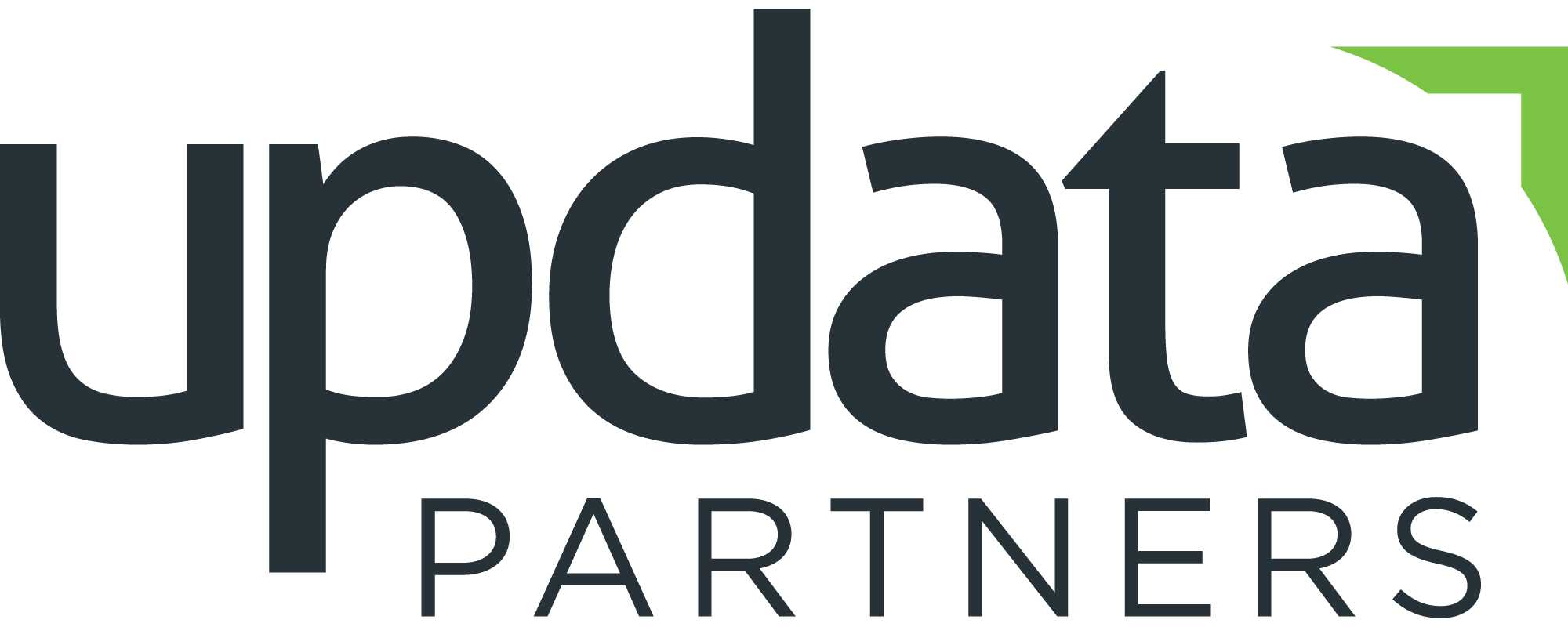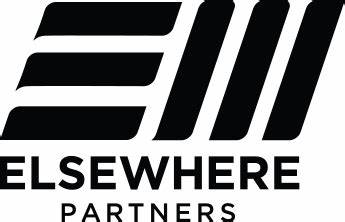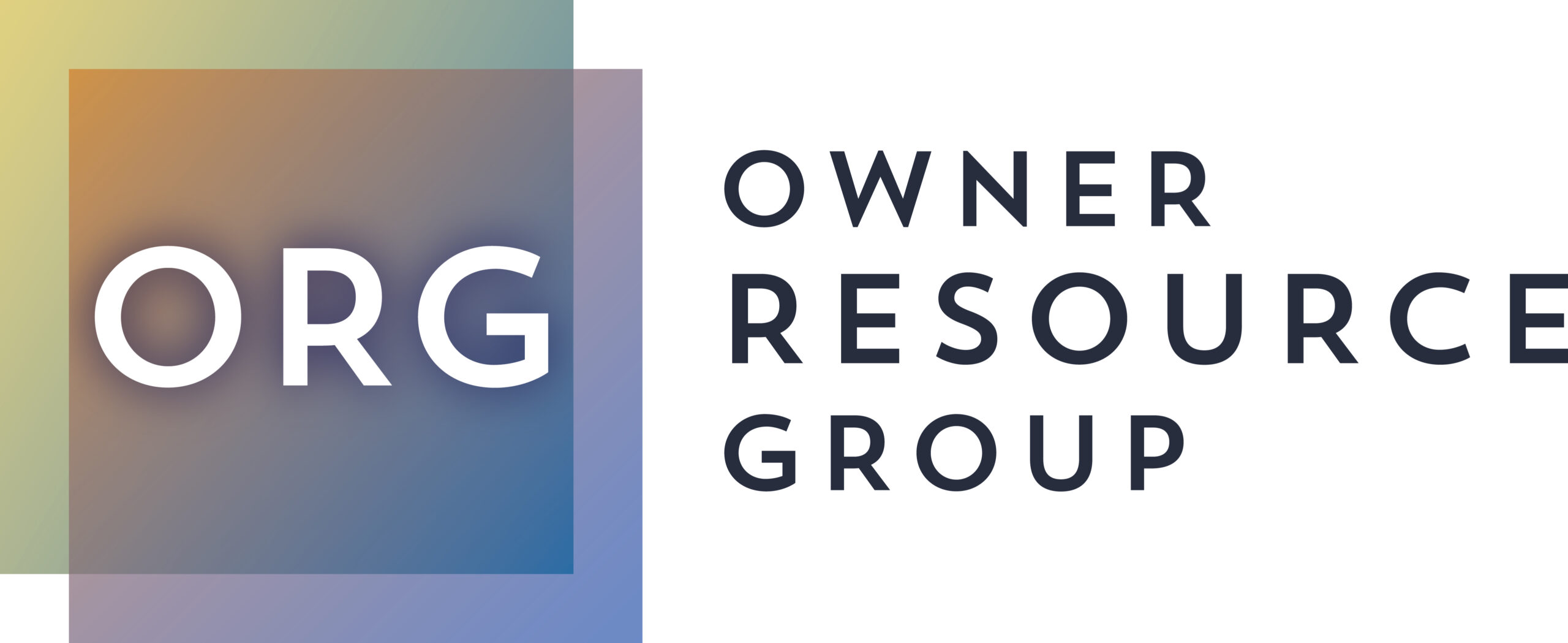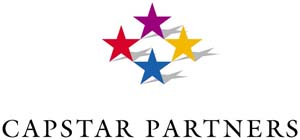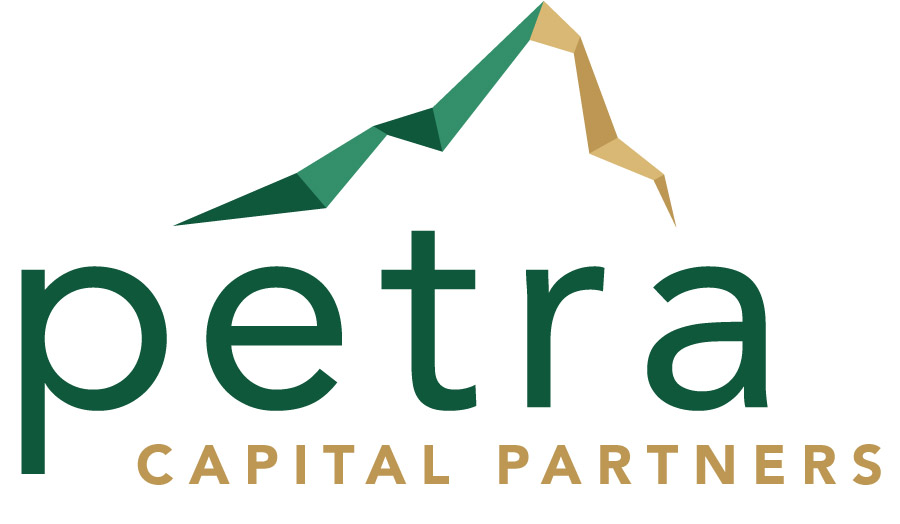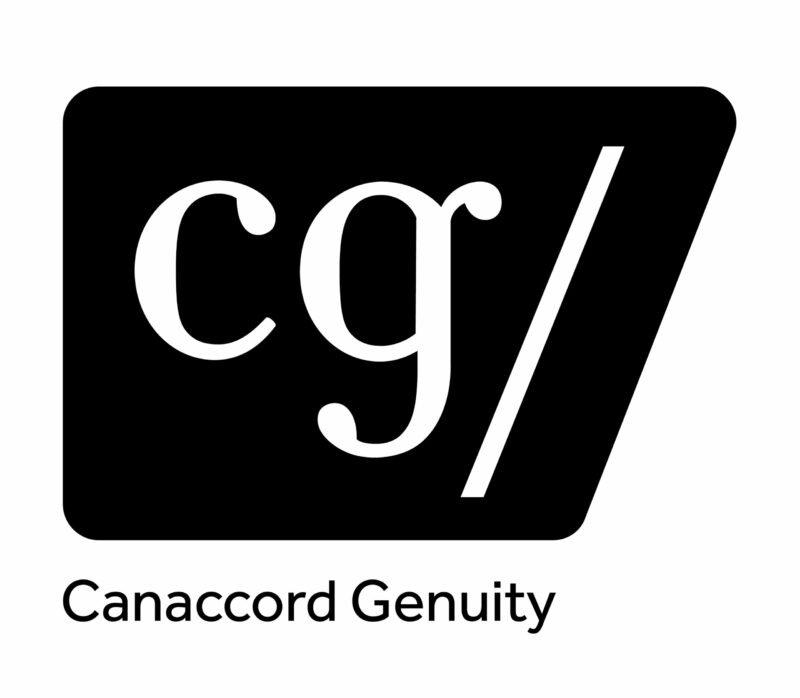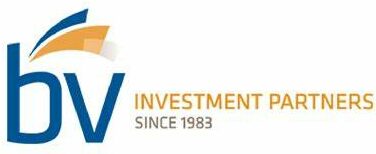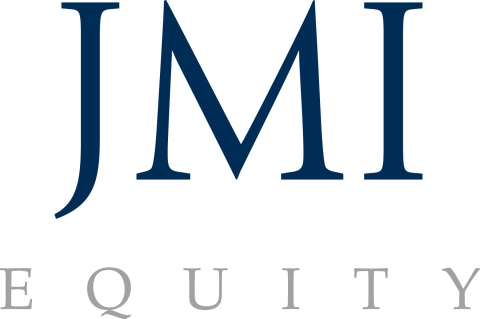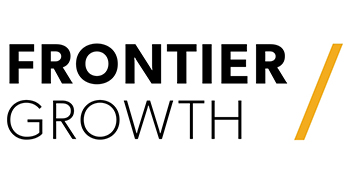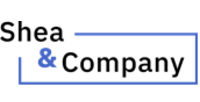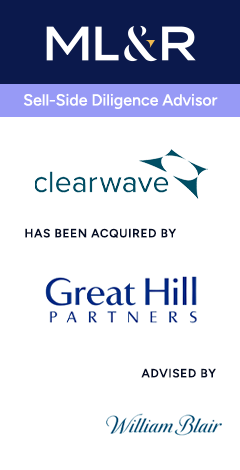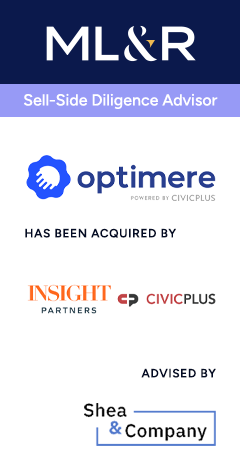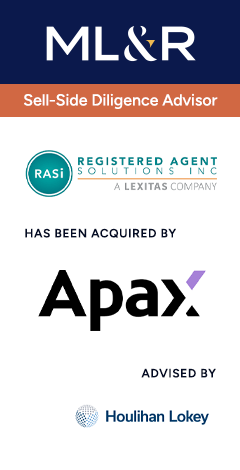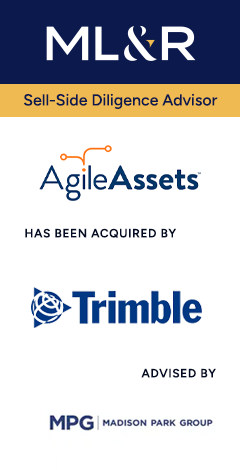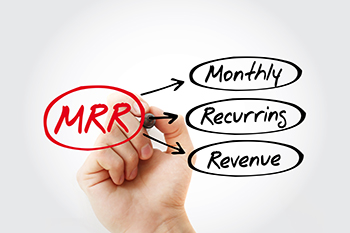Transaction Advisory Services for SaaS and Software Companies
At Maxwell Locke & Ritter, we specialize in QoE for SaaS and software companies, offering a comprehensive and collaborative approach to transaction advisory services that provides the insights you need and analysis you can trust.
When you work with ML&R, your deliverable will include these critical elements:
- Insightful, tailored insights, including charts and visual key observations to help you focus on what is truly important.
- Easy-to-trace databooks with full transaction detail to plug into projection models.
- Integrated tax diligence, including U.S. federal and state income tax compliance plus sales and use tax exposure analysis.
- Net working capital and indebtedness calculation advice.
- Consultation on purchase agreement language to mitigate potential post-transaction disputes.
The ML&R SaaS Specialist’s Advantage
Our specialized focus on transaction advisory services for SaaS and software companies means you’ll receive a superior quality deliverable that provides industry-specific insights in a user-friendly format. With our client-focused and collaborative approach to financial due diligence, we treat every deal as if we were making the investment.
By performing hundreds of analyses of SaaS companies, the ML&R team has developed a foundational approach that we call the Four Pillars of ML&R SaaS QoE. Together, these four pillars reveal the true strengths, weaknesses, historical trends, and key attributes of a company.
The Four Pillars of ML&R SaaS QoE:
- Confirm ARR/CARR
- Scrub Gross Punitive Churn
- Calculate Gross Margins
- Understand key SaaS metrics
Here are Four Factors that Make Us Unique:
- A proactive, responsive, and experienced team
A proactive, responsive, and experienced team that has analyzed hundreds of SaaS transactions on buy-side and sell-side targets in the US, Canada and EMEA. The transaction advisory team at Maxwell Locke & Ritter has diverse backgrounds in private equity investments, investment banking, national firm public accounting, and private company ownership, so we understand the dynamics on both sides of transactions. Our tax and audit departments complement our dedicated transaction advisory services team.
- A focus on the key value drivers
A focus on the key value drivers that prioritizes the recurring revenue industry metrics that matter: verifying MRR, momentum, retention, gross profit, cash burn, and Rule of 40. Our foundational approach includes the Four Pillars of ML&R SaaS QoE so you receive an analysis you can rely upon.
- A tech-based approach that drives efficiency
A tech-based approach that drives efficiency without sacrificing depth of analysis. Our transaction advisory team uses software that pulls read-only data directly from the target company’s accounting system, which provides full transaction level detail and reduces time-consuming information requests, resulting in a win-win for all parties.
- Integrated tax diligence
Integrated tax diligence under a single engagement letter that leverages the extensive experience of ML&R’s tax team. We provide sales tax, federal income tax, state income tax, and payroll tax diligence services with a single point of contact. With our integrated approach, we can use the invoice and payroll detail from our financial due diligence procedures to efficiently assess nexus.

Transaction Advisory Services:
- Adjusted MRR & CMRR
- Quality of earnings and adjusted P&L analysis
- Proof of Cash analysis
- Net working capital analysis
Types of Clients Served:
- Private equity groups
- Lenders
- Family offices
- Strategic investors
Types of Transactions:
- Acquisitions
- Recapitalizations
- Loan financing
- Sell side
Target Geographies Served:
- United States
- Canada
- EMEA



